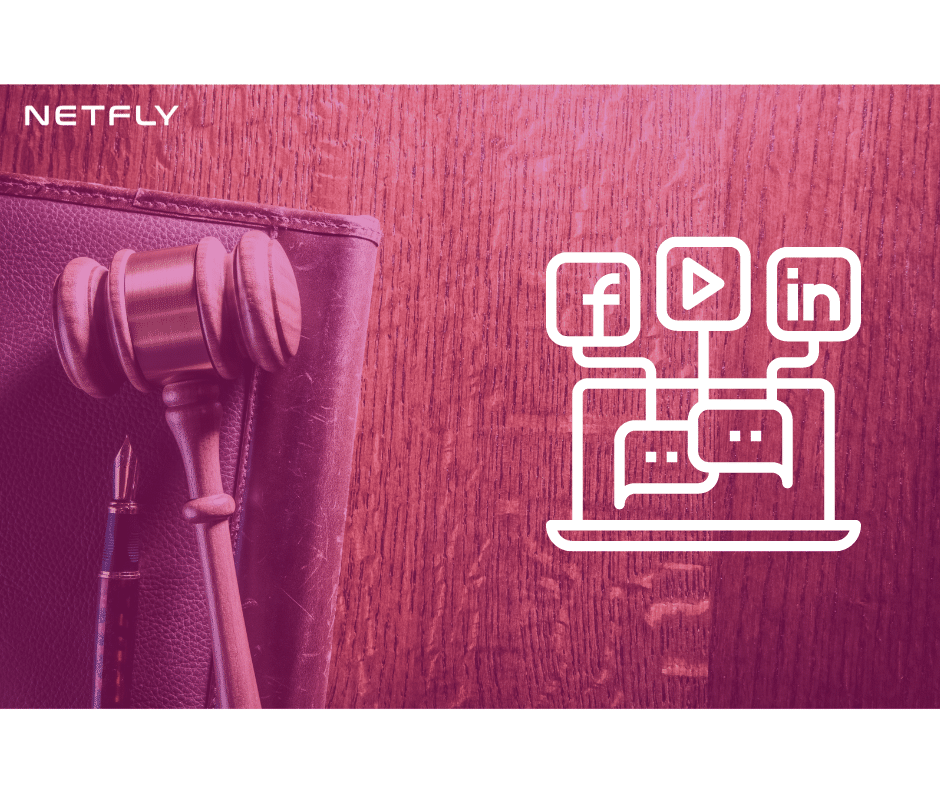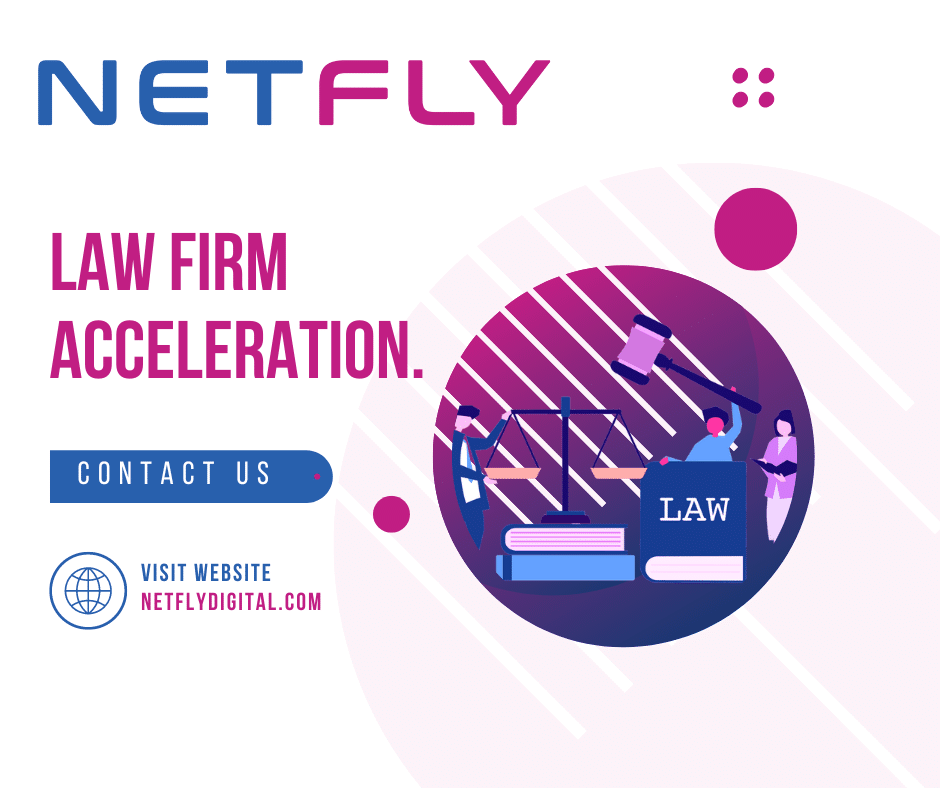Mass tort cases are complex and involve numerous plaintiffs. Effective marketing strategies are crucial to reach and engage potential clients. One of the most powerful tools at your disposal is Facebook. This article delves into the most effective strategies for mass tort Facebook marketing to help you achieve your goals.
Key Takeaways
- Professional Presence: Optimize your Facebook page to reflect professionalism and trustworthiness, ensuring easy access to contact information and a strong call-to-action.
- Audience Targeting: Identify and segment your audience based on demographics, interests, and behaviors to tailor your messaging effectively.
- Compelling Content: Create engaging ad content with high-quality visuals and persuasive ad copy to capture attention and drive action.
- Advanced Targeting: Utilize Facebook’s custom and lookalike audiences, along with behavioral and interest targeting, for precise audience reach.
- Engagement and Trust: Build trust through valuable content, community engagement, and interactive posts like polls and Q&A sessions.
- Performance Analysis: Regularly track and analyze your performance using Facebook Insights and A/B testing to refine your strategy.
- Compliance and Ethics: Ensure your ads comply with Facebook’s policies and maintain ethical standards in your marketing practices.
Understanding Mass Tort Marketing
Mass tort marketing involves promoting legal services to a large group of people who have been harmed by the same product or action. This type of marketing requires precise targeting and messaging to reach potential clients effectively.
Setting Up Your Facebook Page for Mass Tort Marketing
Your Facebook page serves as the face of your legal practice. It needs to exude professionalism and trustworthiness.
Creating a Professional Profile: Start with a professional profile picture and cover photo that reflect your brand. Ensure your about section is comprehensive, detailing your services and expertise in mass tort cases.
Page Optimization: Make sure your contact information is easy to find. Include a call-to-action button that directs visitors to your website or contact form.
Target Audience Identification and Segmentation
Identifying and segmenting your target audience is crucial for effective marketing.
Identifying Your Audience: Determine who your potential clients are. They might be people who have been affected by a specific drug, medical device, or environmental hazard.
Segmentation Strategies: Segment your audience based on demographics, interests, and behaviors. This allows you to tailor your messaging to different groups, increasing the relevance and effectiveness of your ads.
Crafting Compelling Ad Content
Your ad content needs to capture attention and persuade potential clients to take action.
Types of Ads: Use a mix of image ads, video ads, and carousel ads to keep your content fresh and engaging.
Ad Copy Tips: Write clear, concise, and persuasive ad copy. Highlight the benefits of choosing your firm and include a strong call to action.
Visual Content: High-quality visuals are essential. Use professional photos and videos to convey credibility and trustworthiness.
Utilizing Facebook’s Advanced Targeting Features
Facebook’s targeting features allow you to reach your ideal audience with precision.
Custom Audiences: Create custom audiences based on your existing client list or website visitors. This helps you reach people who are already familiar with your brand.
Lookalike Audiences: Use lookalike audiences to find new potential clients who share characteristics with your existing clients.
Behavioral and Interest Targeting: Target people based on their interests and behaviors. For example, you can target individuals interested in health and safety if you’re handling a pharmaceutical mass tort case.
Engagement Strategies to Build Trust
Building trust with potential clients is essential for successful mass tort marketing.
Content Marketing: Develop valuable content that educates and informs your audience. Share blog posts, articles, and videos that provide insights into the specific mass tort case you’re handling, highlighting your expertise and commitment to clients.
Community Building: Create a sense of community on your Facebook page. Actively respond to comments, engage with your followers, and post content that encourages interaction. This approach helps build relationships and fosters trust with potential clients.
Interactive Content: Use polls, live videos, and Q&A sessions to engage your audience. This not only builds trust but also positions you as an authority in your field.
Leveraging Facebook Analytics and Insights
Understanding your performance is crucial for refining your strategy.
Tracking Metrics: Monitor key performance indicators (KPIs) such as reach, engagement, and conversion rates.
Analyzing Results: Use Facebook Insights to analyze your performance. Look at what’s working and what isn’t, and adjust your strategy accordingly.
A/B Testing: Test different ad creatives and strategies to see what resonates best with your audience. This will help you optimize your campaigns for better results.
Compliance and Ethical Considerations
Maintaining compliance and ethical standards is paramount in mass tort marketing.
Ad Policies: Ensure your ads comply with Facebook’s advertising policies to avoid being flagged or banned.
Ethical Marketing Practices: Always maintain ethical standards in your marketing efforts. Be honest and transparent in your advertising, and avoid making exaggerated claims.
Conclusion
Implementing these effective strategies for mass tort Facebook marketing can significantly enhance your ability to reach and engage potential clients. By setting up a professional page, identifying and targeting your audience, crafting compelling ad content, leveraging Facebook’s targeting features, and building trust through engagement, you can maximize your marketing efforts.
Ready to take your mass tort marketing to the next level? Contact NETFLY – Law Firm Marketing Agency today to start implementing these powerful strategies and see the difference expert marketing can make for your firm.
By following these guidelines, you’ll be well on your way to a successful mass tort Facebook marketing campaign, positioning your firm as a leader in the field.
FAQ
Q1: What is mass tort marketing?
A1: Mass tort marketing involves promoting legal services to large groups of people who have been harmed by the same product or action, such as defective drugs or environmental hazards.
Q2: How can I identify my target audience for mass tort cases on Facebook?
A2: Identify your target audience by considering the specific group affected by the mass tort case. Segment them based on demographics, interests, and behaviors to tailor your messaging effectively.
Q3: What types of Facebook ads are most effective for mass tort marketing?
A3: A mix of image ads, video ads, and carousel ads are effective. They keep your content fresh and engaging, capturing the attention of potential clients.
Q4: How can I build trust with potential clients on Facebook?
A4: Build trust by creating valuable content that educates and informs, fostering a sense of community through engagement, and using interactive content like polls and live Q&A sessions.
Q5: What are custom and lookalike audiences on Facebook?
A5: Custom audiences are created from your existing client lists or website visitors, helping you reach people familiar with your brand. Lookalike audiences find new potential clients who share characteristics with your existing clients, expanding your reach effectively.
Q6: Why is compliance important in Facebook advertising for mass torts?
A6: Compliance ensures your ads adhere to Facebook’s advertising policies, preventing them from being flagged or banned. It also maintains your firm’s credibility and ethical standards.
Q7: How can I measure the effectiveness of my Facebook marketing efforts?
A7: Measure effectiveness by tracking key performance indicators (KPIs) like reach, engagement, and conversion rates. Use Facebook Insights to analyze performance and conduct A/B testing to refine your strategy.










